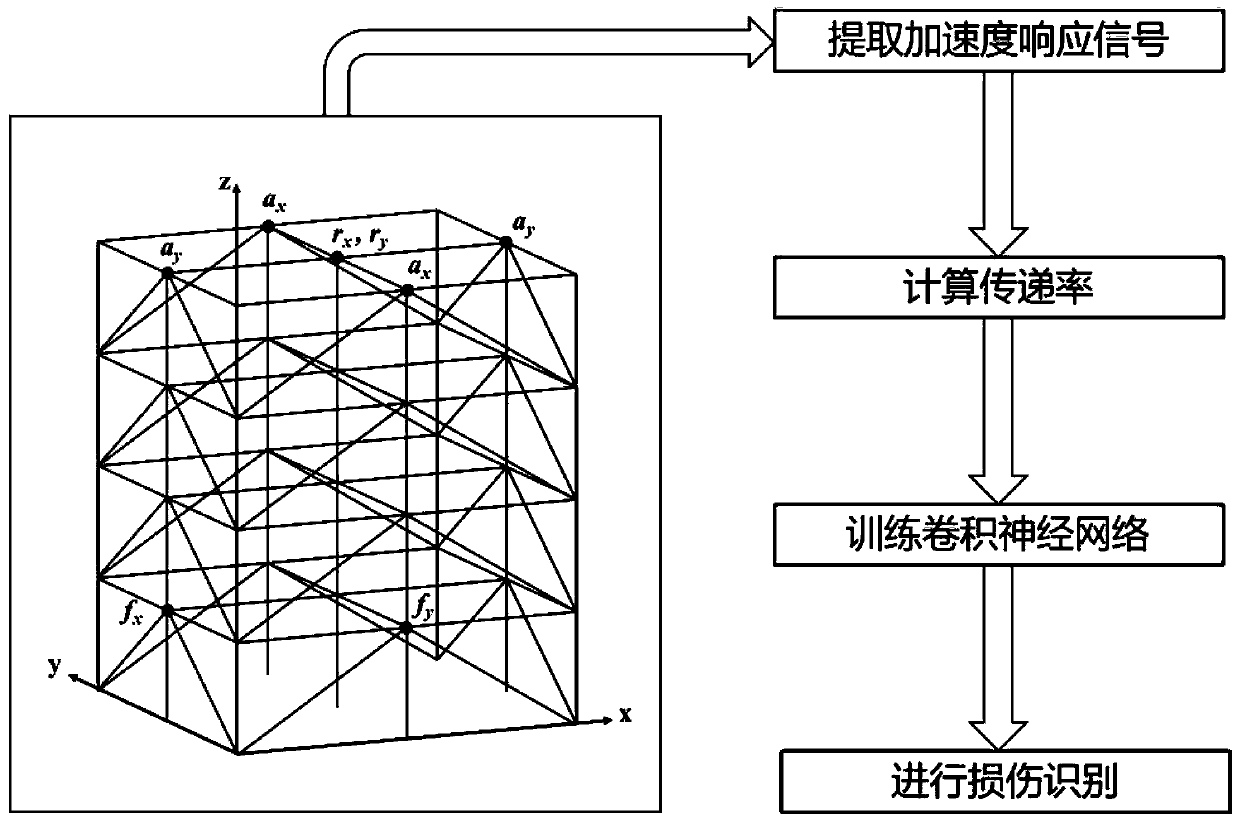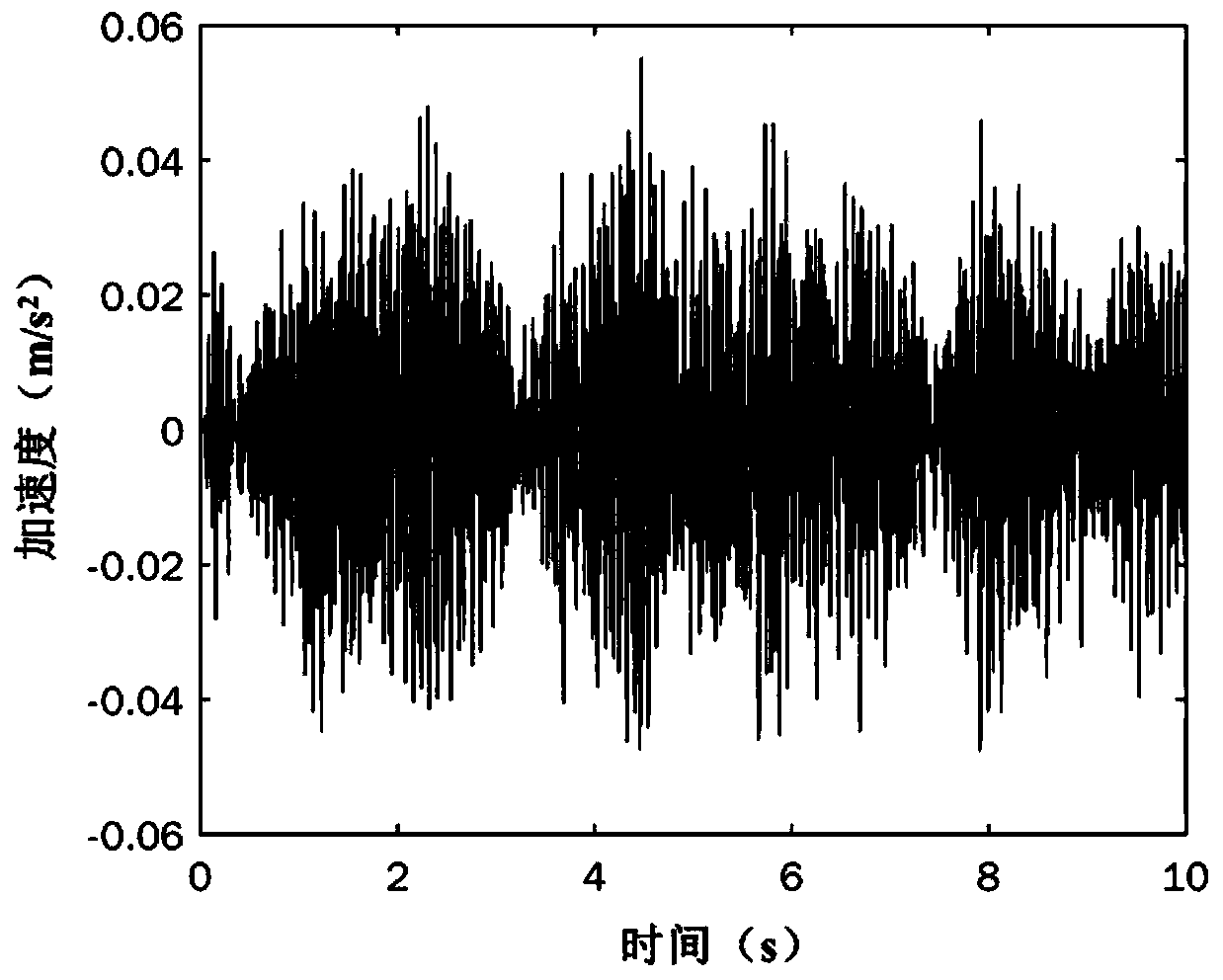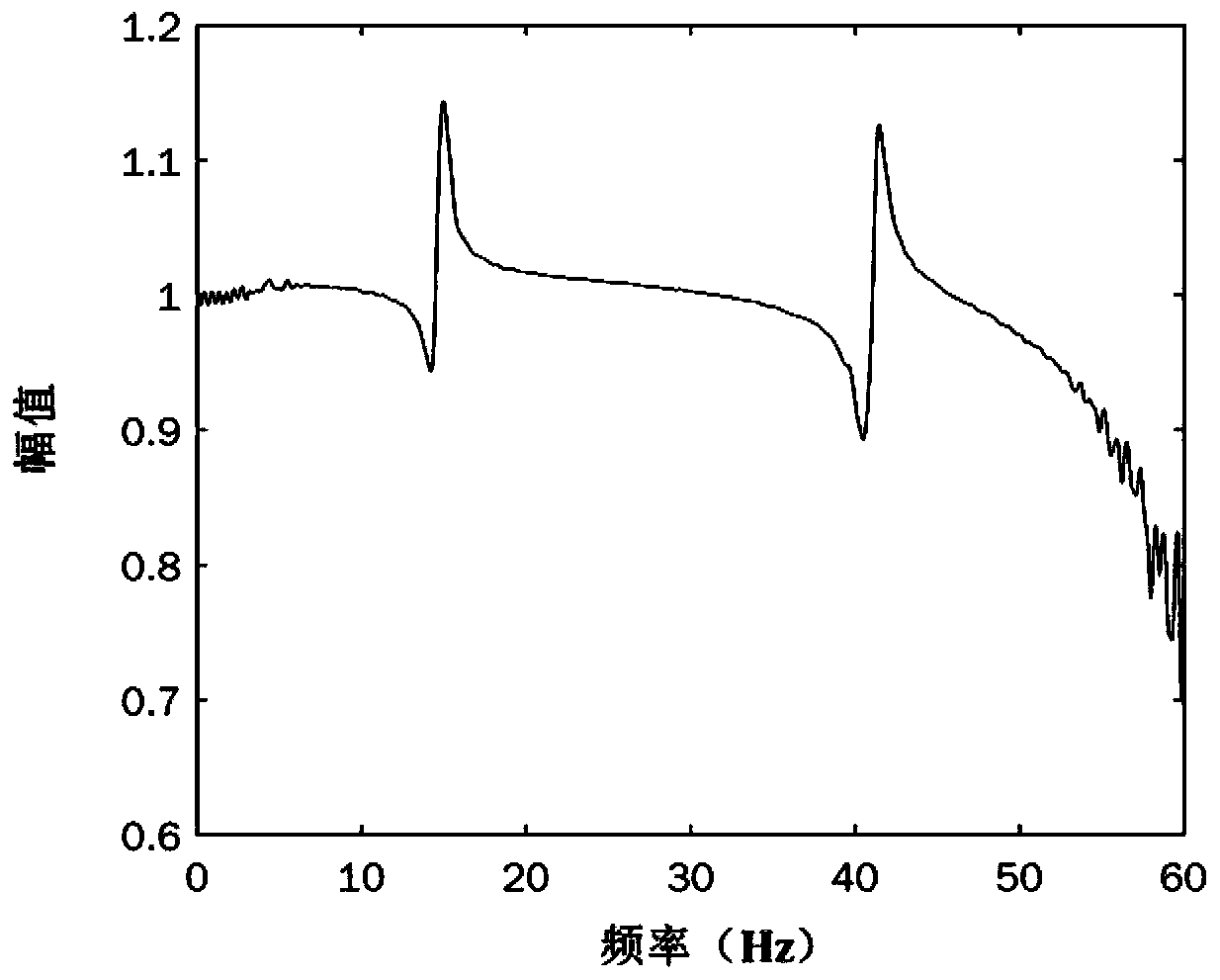Multi-dimensional structure damage identification method for convolutional neural network processing of mass vibration transmissibility data
A convolutional neural network and vibration transmissibility technology, applied in the field of structural damage diagnosis, can solve the problems of insensitivity to damage, consumption of large computing resources, and susceptibility to excitation interference, and achieve high-efficiency identification, avoid excitation interference, and high-efficiency processing. Effect
- Summary
- Abstract
- Description
- Claims
- Application Information
AI Technical Summary
Problems solved by technology
Method used
Image
Examples
Embodiment
[0052] In order to verify the effectiveness of a multi-dimensional structural damage identification method processed by convolutional neural network processing of massive vibration transmissibility data of the present invention, a physical model experiment was carried out to extract the acceleration response of the structure for analysis.
[0053] refer to figure 1 , In this embodiment, a four-story steel frame structure is used, which consists of 36 columns, 48 beams and 32 diagonal braces. For ease of description, create figure 1 The coordinate system shown. The load adopts a random excitation with a sampling frequency of 1000HZ, a duration of 10S, and an intensity of 30dBW. The excitation position is shown in the figure f x , f y shown, f x is the excitation in the x direction, f y is the excitation in the y direction; each layer collects two acceleration responses in the x direction and two acceleration responses in the y direction as non-reference responses a x 、a...
PUM
 Login to View More
Login to View More Abstract
Description
Claims
Application Information
 Login to View More
Login to View More - R&D
- Intellectual Property
- Life Sciences
- Materials
- Tech Scout
- Unparalleled Data Quality
- Higher Quality Content
- 60% Fewer Hallucinations
Browse by: Latest US Patents, China's latest patents, Technical Efficacy Thesaurus, Application Domain, Technology Topic, Popular Technical Reports.
© 2025 PatSnap. All rights reserved.Legal|Privacy policy|Modern Slavery Act Transparency Statement|Sitemap|About US| Contact US: help@patsnap.com



